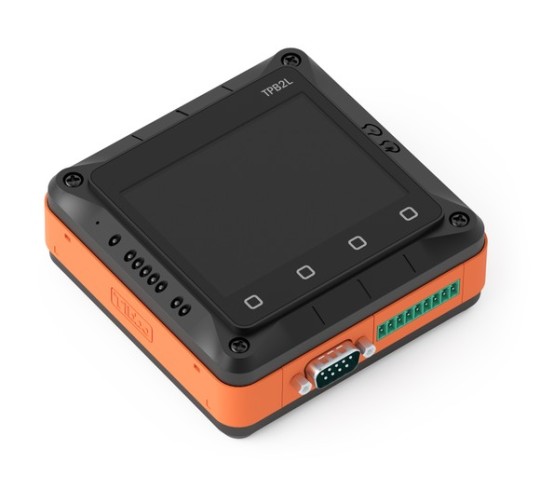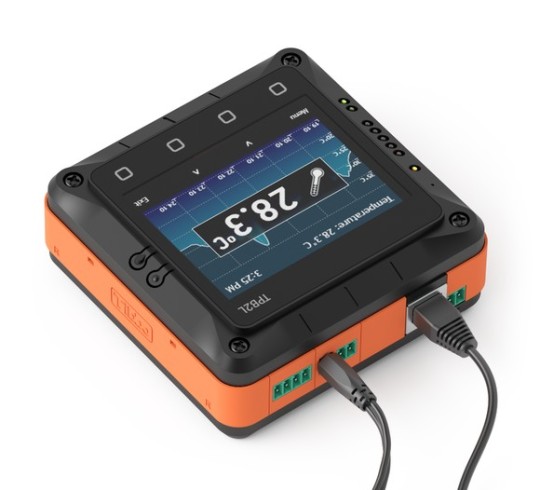The manufacturing industry is on the brink of a transformative journey with the integration of 5G technology. As we step into the future, the powerful combination of 5G and the Internet of Things (IoT) is revolutionizing the manufacturing landscape, promising unparalleled levels of efficiency, innovation, and success. The potential for growth is immense, as indicated by the projected expansion of the global 5G in the manufacturing market. According to a report by Global Market Estimates, the market is expected to experience a remarkable compound annual growth rate (CAGR) of around 27.5% during the forecast period from 2021 to 2026. The momentum continues to build, with another study conducted by Allied Market Research revealing that the global industrial 5G market's value reached $12.47 billion in 2020 and is projected to surge to an astounding $140.88 billion by the year 2030, growing at the same impressive CAGR of 27.5%. This surge in demand and implementation of 5G technology is set to redefine manufacturing operations, unleashing a new era of connectivity, data-driven decision-making, and technological advancement in the industry.
Let's explore the game-changing areas where 5G is shaping manufacturing:
- Enhanced Automation and Robotics: Brace yourself for a world where machines, robots, and control systems communicate seamlessly in real time. With the lightning-fast speed and ultra-low latency of 5G, automation reaches new heights. Human operators collaborate harmoniously with their mechanical counterparts, driving productivity to soaring levels and creating a manufacturing ecosystem buzzing with flawless precision.
- IoT Expansion: Prepare to be captivated by the power of connectivity as 5G and IoT converge. An interconnected web of devices and sensors revolutionizes manufacturing environments. Real-time data flows effortlessly, empowering manufacturers with unparalleled insights into production processes, equipment performance, and inventory levels. Welcome to the era of smart factories and a thriving industrial IoT ecosystem where innovation knows no boundaries.
- Real-time Analytics and Predictive Maintenance: Unlock the door to real-time analytics with 5G's extraordinary bandwidth and lightning-fast transmission. Advanced algorithms analyze production data on the spot, equipping manufacturers with invaluable insights. Witness the magic of predictive maintenance strategies that detect and address potential equipment failures before they disrupt operations. Say goodbye to downtime, watch maintenance costs plummet, and witness equipment performance reach peak efficiency.
- Remote Operations and Monitoring: Embrace a paradigm shift as 5G propels us into the era of real-time remote control and monitoring. Manufacturers gain the power to oversee and manage operations from anywhere on the globe. Multiple production sites become effortlessly manageable, critical information is at your fingertips, and operational streamlining becomes second nature. Flexibility reigns supreme, decisions are lightning-quick, and the need for on-site personnel diminishes, optimizing resources and reducing costs.
- Augmented Reality (AR) and Virtual Reality (VR) Integration: Immerse yourself in a new manufacturing era as 5G unleashes the full potential of AR and VR. Experience lightning-fast speeds and ultra-low latency as AR glasses guide workers through assembly processes troubleshoot with ease, and perfect quality control in real-time. Witness accuracy soaring, errors vanishing, and worker productivity reaching unparalleled heights.
- Supply Chain Optimization: Let 5G permeate your supply chain, igniting a transformative revolution. Real-time connectivity, data sharing, and analytics illuminate supply chain visibility like never before. Bid farewell to stockouts and delays as inventory tracking becomes a breeze, logistics management reaches new heights of efficiency, and distribution networks optimize with precision. Elevate inventory management and delight customers with enhanced satisfaction.
Here is a more detailed explanation of using 5G for real-time quality monitoring in medical device manufacturing:
Real-Time Quality Monitoring with 5G
Maintaining rigorous quality control is crucial in medical device manufacturing to ensure patient safety. However, traditional testing and inspection processes can be time-consuming, costly, and unable to catch all defects. 5G enables real-time quality monitoring by connecting production equipment with smart sensors and analytics.
With 5G, sensors can stream massive amounts of real-time data on product specifications, equipment performance, environmental conditions, and more. 5G's high bandwidth and low latency allow huge volumes of sensor data to be transferred continuously without lag.
This data feeds into edge devices running advanced analytics algorithms. The algorithms identify anomalies, detect deviations from quality parameters, and predict potential defects. Operators are notified of issues for immediate corrective action.
For example, vibration sensors may reveal the out-of-tolerance operation of a cutting tool indicating impending tool failure. Temperature probes may show unacceptable fluctuations in a curing oven negatively impacting material properties. These insights can prompt remedial measures before defective products are created.
5G-enabled real-time monitoring provides a holistic view of production quality. It shifts quality control from periodic testing to proactive prevention by enabling predictive capabilities. This allows medical device manufacturers to achieve significant improvements in product quality, output, and compliance with regulatory standards.
The manufacturing industry is reaching new pinnacles of greatness as we move forward into the future with 5G steering the ship. Leverage the power of 5G technology to gain a competitive advantage, respond quickly to changing demands in the market, and deliver products with an efficiency that is unmatched by any other method. Join the manufacturing revolution, and you will be able to observe the growth of invention, the ascent of efficiency, and the unbounded expansion of success.
References:
https://www.globalmarketestimates.com/market-report/5g-in-manufacturing-market-3566
https://www.alliedmarketresearch.com/industrial-5g-market-A11659





